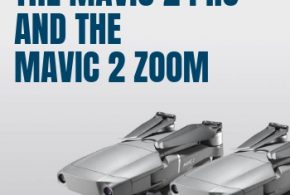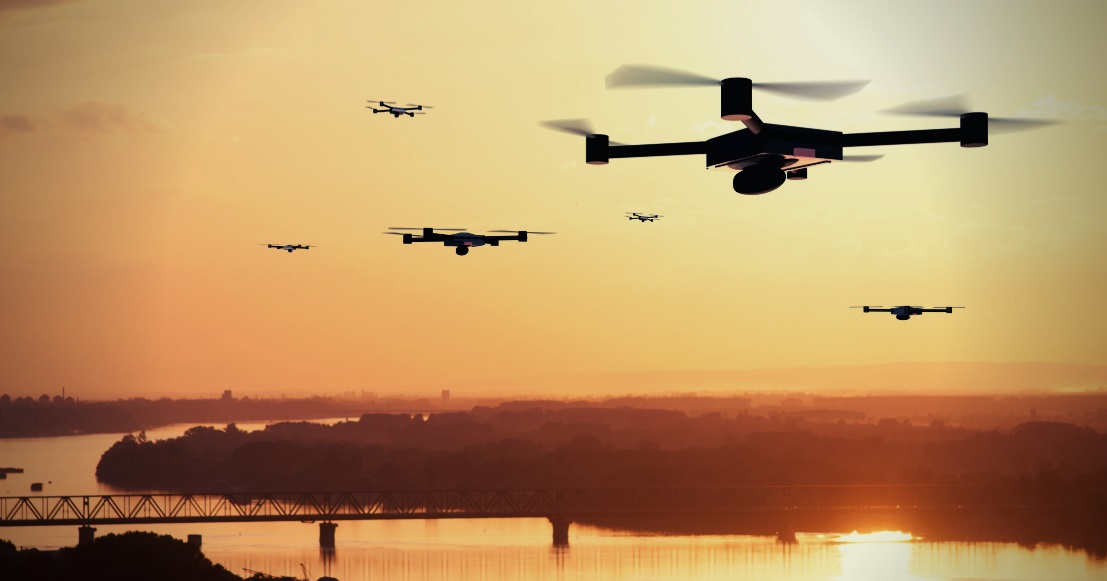Dutch Scientists Create World’s Smallest Autonomous Drone

Scientists at TU Delft have developed what is claimed to be the smallest autonomous racing drone in the world. The drone is very small with a diameter of 4-inches and weighing in at 72 grams. It used a single camera and little onboard processing to fly autonomously. However, this feat involved some serious innovations in the algorithms that control its flight path.
This mini-drone can achieve speeds that match up to the fastest and largest automated drones. Some of the fastest drones in competitions are moving at 2 m/s. Autonomous drones usually require high-performance processors and multiple high-quality cameras with some using laser scanners for operations.
This allows these drones to use state-of-the-art solutions to visual perceptions, like building maps of the environment or tracking accurately how the drone is moving over time. However, it also makes the drones relatively heavy and expensive.
At the Micros Air Vehicle Laboratory (MAVLab) of TU Delft, the aim was to make light-weight and cheap autonomous racing drones. Such drones could be used by many drone racing enthusiasts to train with or fly against. If the drone becomes small enough, it could even be used for racing at home.
TU Delft’s drone captures only essential data like thrust and drag forces on the drone. To reduce the needed sensors, the team cut back to using only the estimate drone attitude for its predicted model. The drift of that model is corrected over time using vision methods.

The team put its drone to work in an indoor racing course at TU Delft’s Cyberzoo. They raced the drone along a 4-gate race track using the new algorithms. The drone flew multiple laps at an average speed of 2 m/s. That is competitive with larger autonomous racing drones. The team says that the drone can cope with the displacement of the gates.
The team hopes this is just the beginning and that its advances can be applied to other applications for unmanned aircraft.
As mentioned, racing is a quickly growing e-sport with more and more enthusiasts becoming involved. Autonomous racing drones are useful beyond racing alone. “For typical drones with four rotors, flying faster also simply means that they are able to cover more area. For some applications, such as search and rescue or package delivery, being quicker will be hugely beneficial,” explains Guido de Croon, scientific leader of the MAVLab. “Our focus on light-weight and solutions means that such fast flight capabilities will be available to a large variety of drones.”
Drone racing by human pilots has become a major e-sport. In its wake, autonomous drone racing becomes a major challenge for artificial intelligence and control.
While these advances are making leaps for technology, scientists are still far from the speeds obtained by expert human drone racers. Christophe De Wagter, found of the MAVLab says the next step will require even better predictive control, state estimation and computer vision. Efficient algorithms to achieve these capabilities will be essential, as they will allow the drone to sense and react quickly. Plus, small drones can choose their trajectory more freely as the racing gates are relatively large compared to them.
You can watch the drone in action here.





